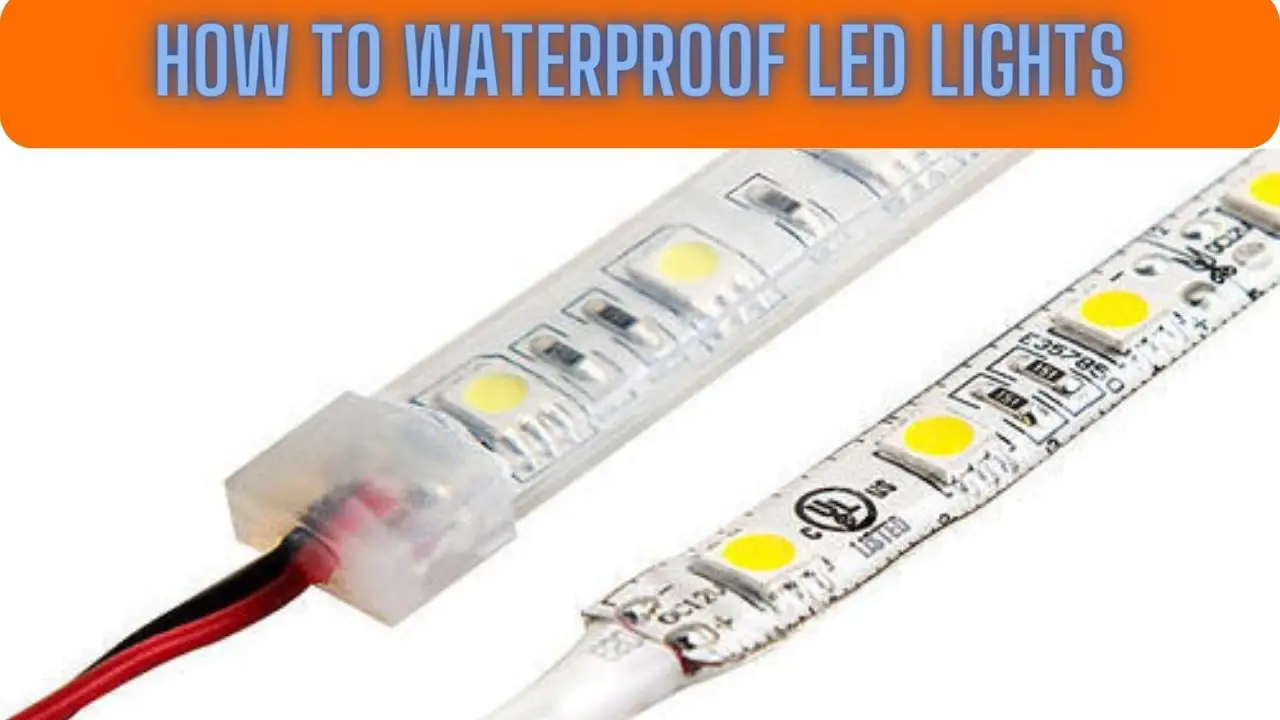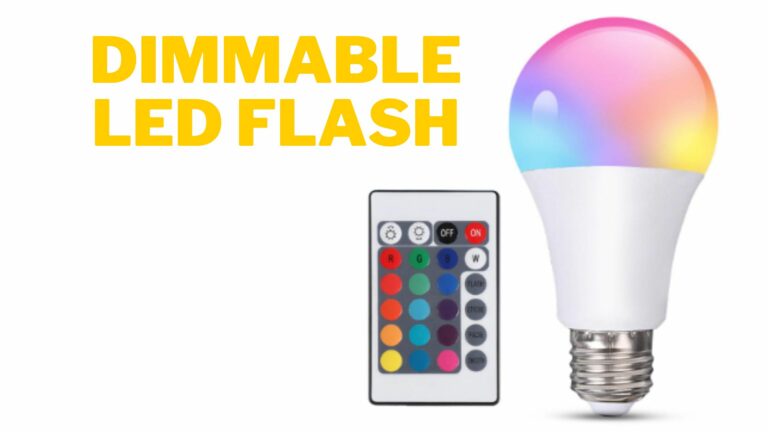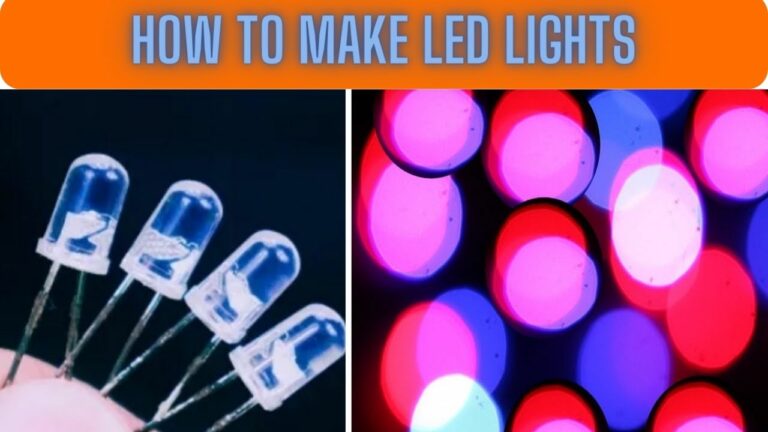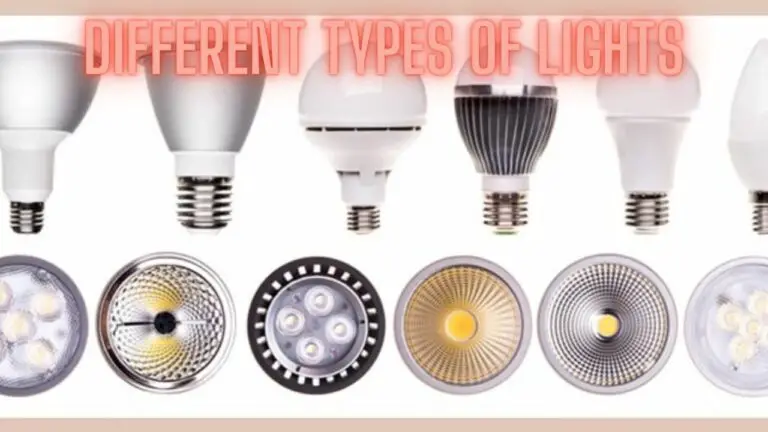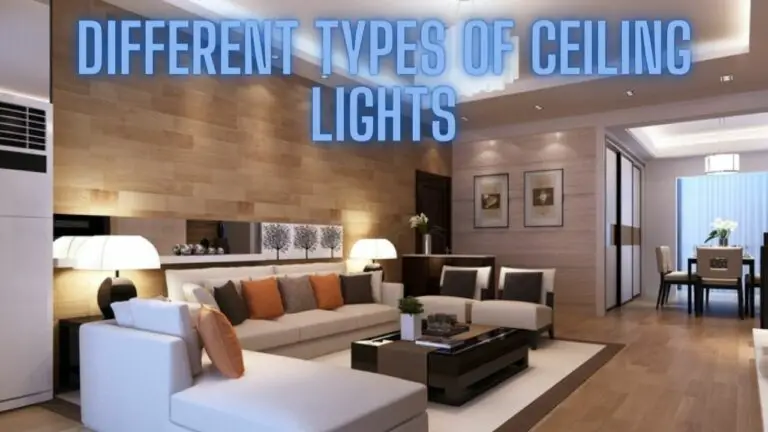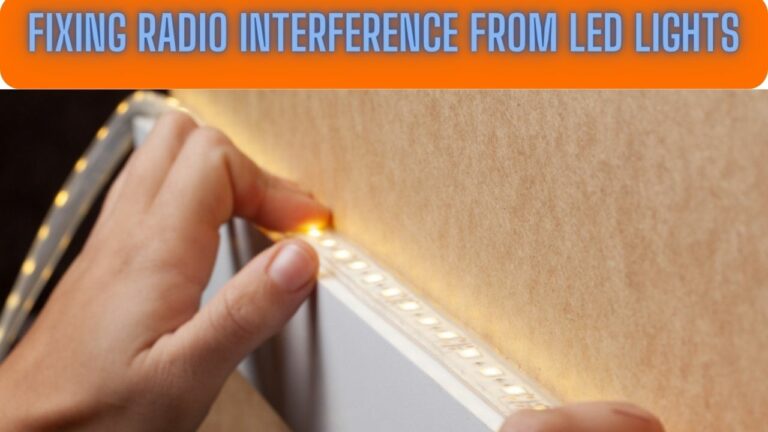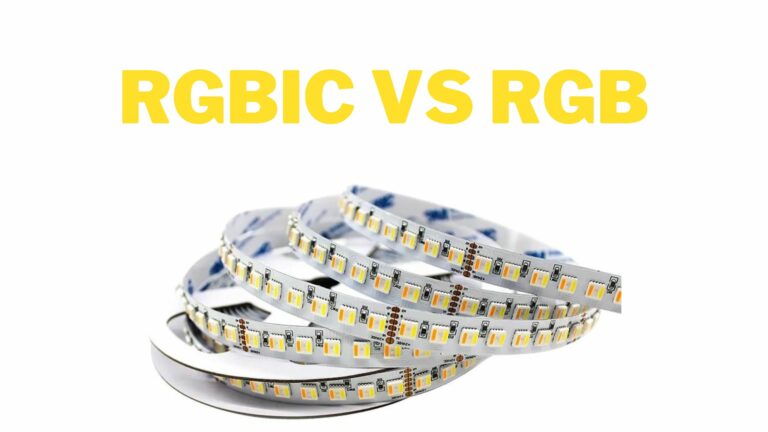A Comprehensive Guide on How to Waterproof LED Lights
Introduction:
In the realm of modern illumination, LED lights stand as beacons of efficiency, longevity, and versatility. However, to fully harness their potential in various environments, safeguarding them against the elements is crucial. Whether used for outdoor lighting, underwater displays, or industrial applications, waterproofing LED lights is a paramount consideration. This comprehensive guide unravels the intricacies of how to waterproof LED lights, exploring techniques, materials, and best practices to ensure these luminous wonders endure the challenges of moisture, humidity, and environmental exposure.
1. Understanding the Need for Waterproofing:
LED lights, with their compact design and energy efficiency, have found applications in diverse settings, from outdoor landscapes and architectural installations to automotive lighting and marine environments. The vulnerability of electronic components to water, however, necessitates protective measures. Waterproofing not only safeguards LEDs against moisture but also enhances their durability, preventing corrosion, electrical malfunctions, and premature failure. Understanding the specific requirements of your LED application is the first step in choosing the right waterproofing method.
2. Factors Influencing Waterproofing Methods:
Several factors influence the choice of waterproofing methods for LED lights:
- Application Environment: Outdoor lighting, underwater displays, and industrial settings each have unique challenges. The choice of waterproofing method depends on the specific environmental conditions the LEDs will face.
- IP Rating: Ingress Protection (IP) ratings classify the level of protection an enclosure provides against solids and liquids. Understanding the IP rating required for your LED lights guides the selection of waterproofing measures.
- Fixture Design: The design and construction of the LED fixture influence the ease of waterproofing. Surface-mounted LEDs, recessed fixtures, and flexible LED strips may require different approaches.
3. Methods of Waterproofing LED Lights:
a. Conformal Coating:
Conformal coating involves applying a thin protective layer over the electronic components of the LED, creating a barrier against moisture, dust, and other contaminants. Common coating materials include acrylic, silicone, and urethane. Conformal coating is suitable for various LED applications, offering flexibility and ease of application. However, careful attention to uniform coverage is essential to ensure comprehensive protection.
b. Encapsulation:
Encapsulation involves completely encapsulating the LED components in a waterproof material, typically epoxy resin or silicone. This method provides robust protection, making it suitable for applications where the LEDs are exposed to harsh conditions, such as marine environments or underwater lighting. Encapsulation offers excellent resistance to moisture, UV rays, and mechanical damage. However, it requires precision in application to avoid air bubbles and ensure a consistent protective layer.
c. Silicone Sealant:
Silicone sealants are versatile and widely used for waterproofing LED lights, especially in outdoor applications. Applying silicone sealant to the joints, seams, and openings of the LED fixture creates a watertight barrier. Silicone’s flexibility allows for thermal expansion and contraction, making it suitable for temperature-variable environments. This method is cost-effective and relatively easy to implement but requires meticulous application to prevent leaks.
d. Potting:
Potting involves filling the LED housing or enclosure with a waterproof compound, such as epoxy resin or silicone. This method provides comprehensive protection by surrounding the electronic components. Potting enhances structural integrity, prevents moisture ingress, and offers thermal insulation. However, it may complicate maintenance or repairs, as the components are sealed within the potting material.
e. Waterproof Enclosures:
Using pre-designed waterproof enclosures is a straightforward method to protect LED lights. These enclosures, often with high IP ratings, create a barrier between the LED components and the external environment. They are suitable for retrofitting existing LED fixtures or when designing new fixtures with waterproofing in mind. The choice of enclosure material, such as polycarbonate or metal, depends on the specific environmental challenges.
4. Step-by-Step Guide on How to Waterproof LED Lights:
a. Assess the LED Fixture:
Before choosing a waterproofing method, thoroughly assess the LED fixture’s design, construction, and components. Identify areas susceptible to moisture ingress, such as joints, seams, and openings.
b. Determine the IP Rating:
Understand the environmental conditions the LED lights will face and determine the appropriate IP rating. The IP rating consists of two digits: the first indicates protection against solids, and the second indicates protection against liquids. For example, an IP67 rating means the LED is dust-tight (6) and can withstand immersion in water up to 1 meter (7).
c. Choose the Waterproofing Method:
Select the most suitable waterproofing method based on the assessment of the LED fixture, the desired IP rating, and the application environment. Conformal coating, encapsulation, silicone sealant, potting, or waterproof enclosures may be chosen based on specific requirements.
d. Prepare the LED Fixture:
Before applying the chosen waterproofing method, prepare the LED fixture by cleaning and removing any contaminants. Ensure that the surface is dry and free of dust or grease. Disassemble the fixture as needed to access all components.
e. Apply Conformal Coating:
For conformal coating, carefully apply the chosen coating material over the electronic components. Use a brush, spray, or dip coating method, ensuring uniform coverage. Allow the coating to cure according to the manufacturer’s instructions.
f. Encapsulate the LED Components:
If using encapsulation, mix the epoxy resin or silicone according to the manufacturer’s instructions. Pour or inject the mixture into the LED housing, covering the components completely. Remove air bubbles and allow the encapsulant to cure.
g. Seal Joints and Openings with Silicone:
For silicone sealant, apply the sealant to joints, seams, and openings using a caulking gun. Ensure a continuous and even bead of sealant, smoothing it with a tool or finger for uniform coverage. Allow the silicone to cure completely.
h. Potting the LED Components:
If potting is the chosen method, mix the potting compound and fill the LED housing or enclosure. Ensure that the compound reaches all areas around the electronic components. Allow the potting material to cure thoroughly.
i. Use Waterproof Enclosures:
For waterproof enclosures, select an enclosure with the appropriate IP rating for the LED application. Install the LED components into the enclosure, ensuring a secure and watertight fit. Seal any openings or seams with additional gaskets or sealant if necessary.
5. Testing and Quality Assurance:
After applying the chosen waterproofing method, conduct thorough testing to ensure the effectiveness of the protective measures. Testing may involve submerging the LED fixture in water, simulating environmental conditions, or using specialized equipment to assess the IP rating. Quality assurance is crucial to verify that the waterproofing methods meet the desired specifications.
6. Maintenance and Repairs:
Regular maintenance is essential to ensure the ongoing effectiveness of waterproofing measures. Inspect the LED fixtures periodically for signs of wear, damage, or compromised waterproofing. If repairs are necessary, follow the specific guidelines for the chosen waterproofing method. In some cases, reapplication of conformal coating, silicone sealant, or potting may be required.
7. Best Practices for Waterproofing LED Lights:
To achieve optimal results in waterproofing LED lights, adhere to the following best practices:
- Precision in Application: Whether applying conformal coating, silicone sealant, or potting, precision is crucial. Ensure even coverage, eliminate air bubbles, and pay attention to details to create a robust waterproof barrier.
- Environmental Considerations: Choose waterproofing methods that align with the specific environmental conditions the LED lights will face. Consider factors such as temperature fluctuations, exposure to UV rays, and the presence of corrosive elements.
- Compatibility with LED Components: Verify that the chosen waterproofing materials are compatible with the LED components. Some materials may interact adversely with certain electronic elements, affecting performance and longevity.
- IP Rating Alignment: Align the chosen waterproofing method with the desired IP rating. This ensures that the LED lights are adequately protected against solids and liquids based on the intended application.
- Regular Inspection: Implement a schedule for regular inspection and maintenance. Timely identification of any issues allows for prompt repairs and helps extend the lifespan of the LED lights.
- Documentation: Maintain detailed documentation of the waterproofing process, including the materials used, application methods, and testing results. This documentation serves as a valuable reference for future maintenance and upgrades.
8. FAQS
Why is waterproofing LED lights important?
Waterproofing LED lights is crucial to protect them from moisture, humidity, and environmental exposure. This safeguarding prevents corrosion, electrical malfunctions, and premature failure, ensuring the longevity and reliability of LED fixtures.
What is the Ingress Protection (IP) rating, and how does it relate to waterproofing LEDs?
The IP rating classifies the level of protection an enclosure provides against solids and liquids. For example, an IP67 rating indicates that the LED fixture is dust-tight (6) and can withstand immersion in water up to 1 meter (7). Choosing a waterproofing method depends on achieving the desired IP rating for the specific application.
What are the common methods for waterproofing LED lights?
Common methods for waterproofing LED lights include:
- Conformal Coating: Thin protective layer applied over electronic components.
- Encapsulation: Complete coverage of LED components with waterproof materials like epoxy resin or silicone.
- Silicone Sealant: Application of a watertight sealant to joints, seams, and openings.
- Potting: Filling the LED housing with a waterproof compound.
- Waterproof Enclosures: Using pre-designed enclosures with high IP ratings.
How do I choose the right waterproofing method for my LED lights?
The choice depends on factors such as the application environment, desired IP rating, fixture design, and compatibility with LED components. Consider the specific challenges your LEDs will face, and choose a method that aligns with those requirements.
Can I retrofit an existing LED fixture with waterproofing?
Yes, existing LED fixtures can be retrofitted with waterproofing measures. Methods like silicone sealant or waterproof enclosures are suitable for retrofitting. It’s essential to disassemble the fixture, apply the chosen method carefully, and conduct thorough testing to ensure effectiveness.
How often should I inspect and maintain waterproofed LED lights?
Regular inspection and maintenance are crucial for the ongoing effectiveness of waterproofing. Implement a schedule for periodic checks, especially in environments with challenging conditions. Timely identification of issues allows for prompt repairs and helps extend the lifespan of the LED lights.
Can I use the same waterproofing method for all LED applications?
The most suitable waterproofing method depends on the specific application and environmental conditions. While methods like conformal coating and silicone sealant are versatile, applications like underwater lighting or marine environments may benefit from more robust methods such as encapsulation or waterproof enclosures.
Are there any compatibility concerns with waterproofing materials and LED components?
Yes, compatibility is essential. Certain waterproofing materials may interact adversely with specific electronic components, affecting performance and longevity. Before applying any method, verify that the chosen materials are compatible with the LED components to avoid unintended consequences.
Can waterproofing affect the brightness or color temperature of LED lights?
When applied correctly, waterproofing methods should not significantly affect the brightness or color temperature of LED lights. However, improper application or the use of incompatible materials may lead to diffraction or changes in light output. Following manufacturer guidelines and best practices minimizes these risks.
Can I combine multiple waterproofing methods for added protection?
While it’s possible to combine methods for added protection, it’s crucial to ensure compatibility and avoid over-application. The cumulative impact on the fixture’s thermal management and overall performance should be considered. Consulting with manufacturers and conducting thorough testing is recommended when combining multiple waterproofing methods.
Conclusion:
In the luminous world of LEDs, mastering the art of waterproofing is a critical skill. This comprehensive guide has illuminated the various methods, considerations, and best practices on how to waterproof LED lights. From conformal coating and encapsulation to silicone sealant, potting, and waterproof enclosures, each method offers a unique set of advantages tailored to different applications and environments.
As LED technology continues to evolve, the need for robust waterproofing becomes even more pronounced. Whether enhancing the ambiance of outdoor spaces, creating mesmerizing underwater displays, or ensuring the reliability of industrial lighting, waterproofing is the key to unlocking the full potential of LEDs in diverse settings.
By understanding the factors influencing waterproofing methods, following a step-by-step guide, and implementing best practices, individuals and industries can safeguard their investment in LED lighting. As LEDs continue to light the way towards a more energy-efficient and environmentally conscious future, the knowledge of how to waterproof these luminous wonders becomes an indispensable tool for illuminating the world with resilience and brilliance.
Also Check:
Common Problems with LED Lighting
How Long Do LED Lights Last? Unveiling the Illumination Odyssey

